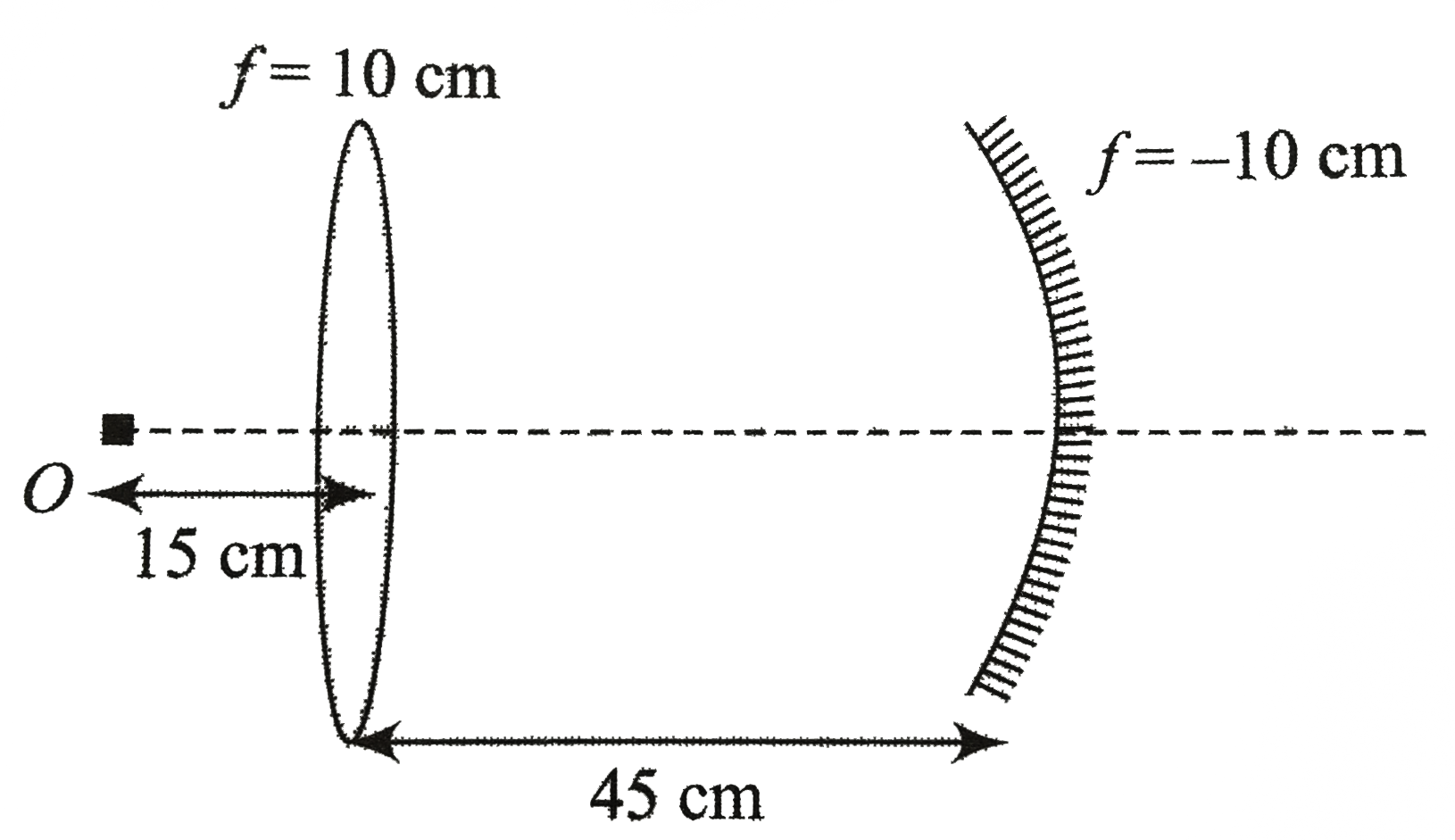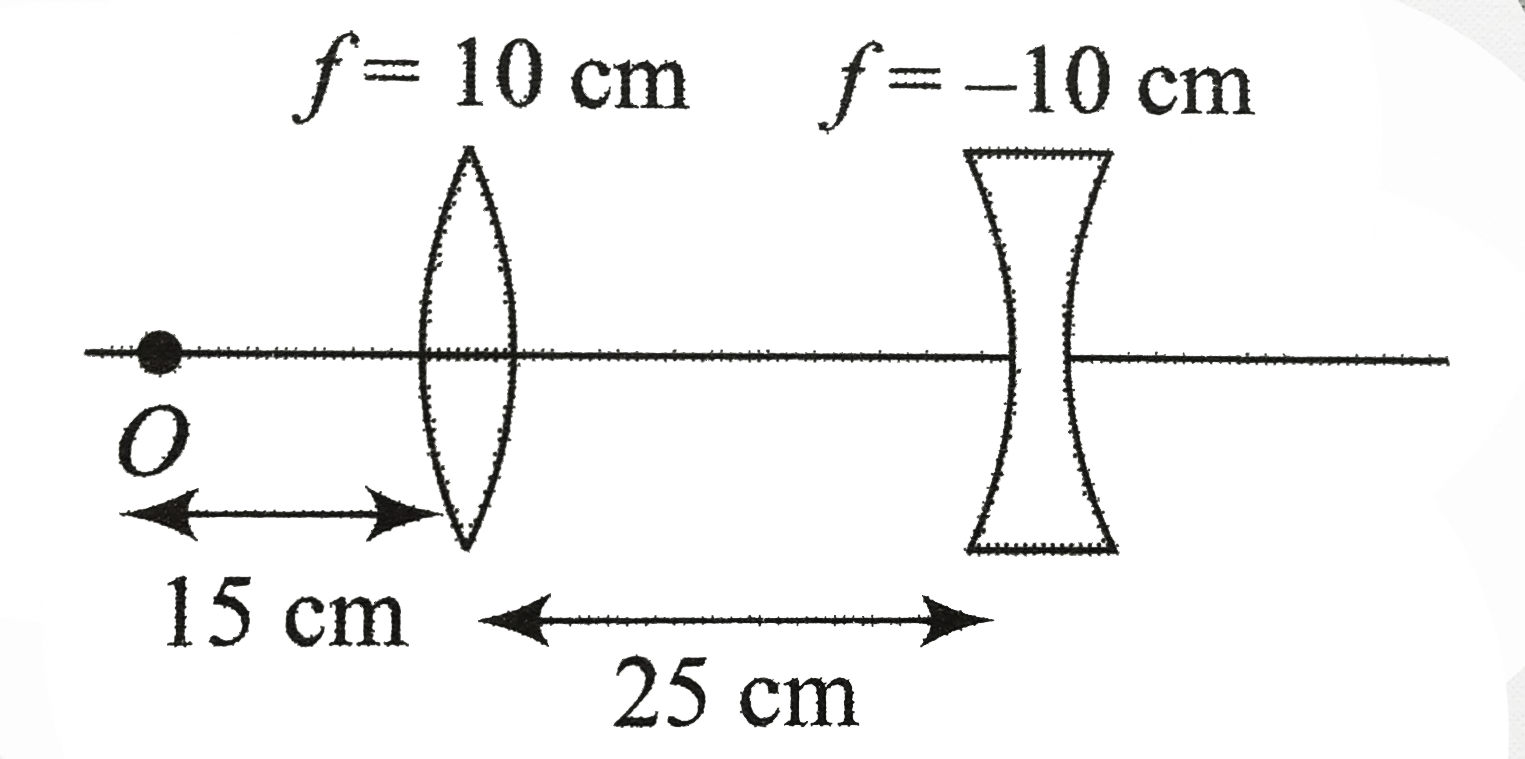Find the positon of final images formed.
(The gap shown in figure of negligible width)
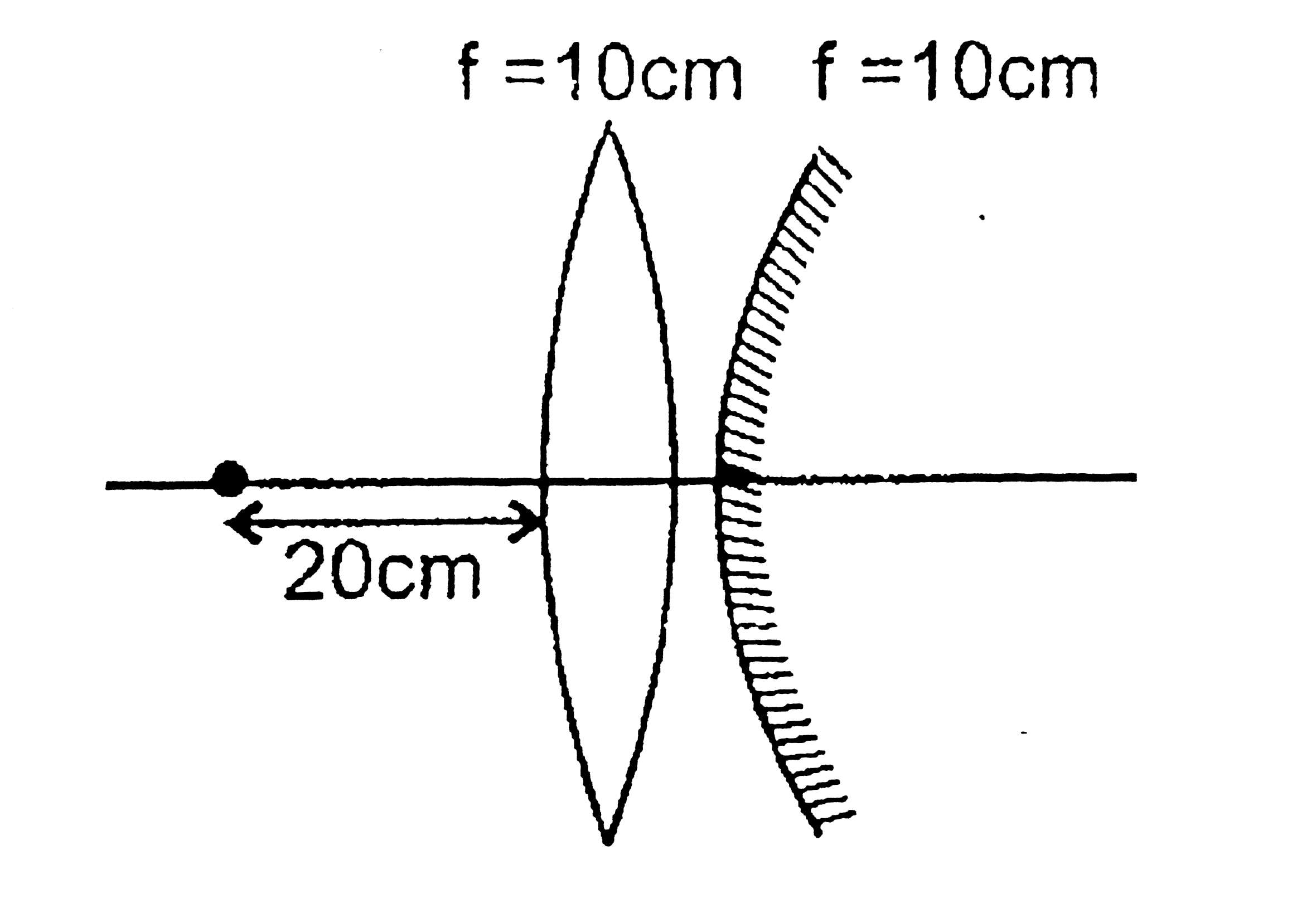
Video Solution
Text Solution
1feq=110−210=−110
⇒feq=−10cm
1v+1−20=1−10
⇒v=−20cm
Hence image will be formed on the object itself.
|
Topper's Solved these Questions
- GEOMATRICAL OPTICS BOOK - RESONANCECHAPTER - GEOMATRICAL OPTICS EXERCISE - Problem
33 Videos
- GEOMATRICAL OPTICS BOOK - RESONANCECHAPTER - GEOMATRICAL OPTICS EXERCISE - Exercise-1
142 Videos
- EXPERIMENTAL PHYSICSBOOK - RESONANCECHAPTER - EXPERIMENTAL PHYSICSEXERCISE - PART -II
10 Videos
- GRAVITATIONBOOK - RESONANCECHAPTER - GRAVITATIONEXERCISE - HIGH LEVEL PROBLEMS
16 Videos
Similar Questions
Knowledge Check
Find the size of the image formed in the situation shown in figure.
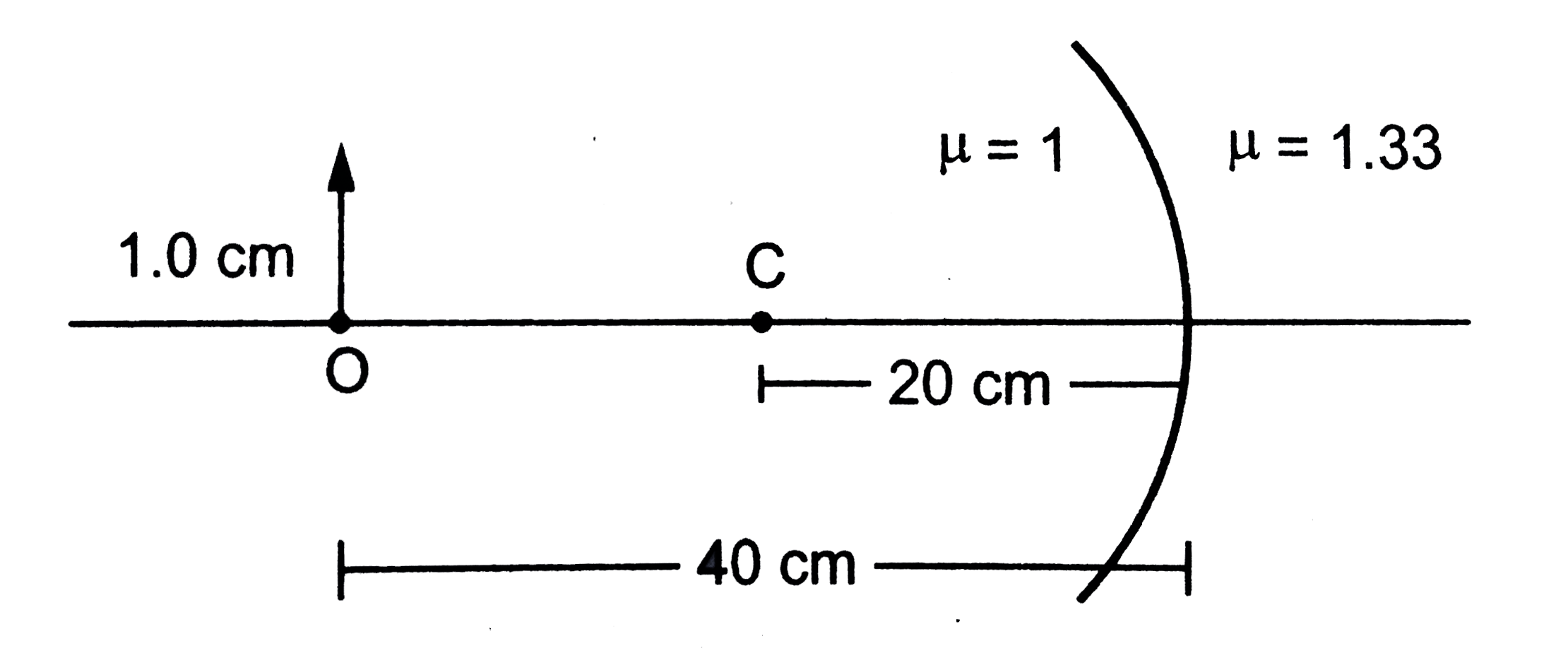 A−0.6cmB+0.6cmC+0.1cmD+1.2cm
A−0.6cmB+0.6cmC+0.1cmD+1.2cmIf the optic axis of convex and concave lenses are separated by a distance 5mm as shown in the figure. Find the coordinate of the final image formed by the combination if parallel beam of light is incident on lens. Origin is at the optical centre of convex lens
 A(25cm,0.5cm)B(25cm,0.25cm)C(25cm,−0.5cm)D(25cm,−2.5cm)
A(25cm,0.5cm)B(25cm,0.25cm)C(25cm,−0.5cm)D(25cm,−2.5cm)
Find the size of image formed in the situation shown in figure.

View SolutionFind the distance of final image from mirror.
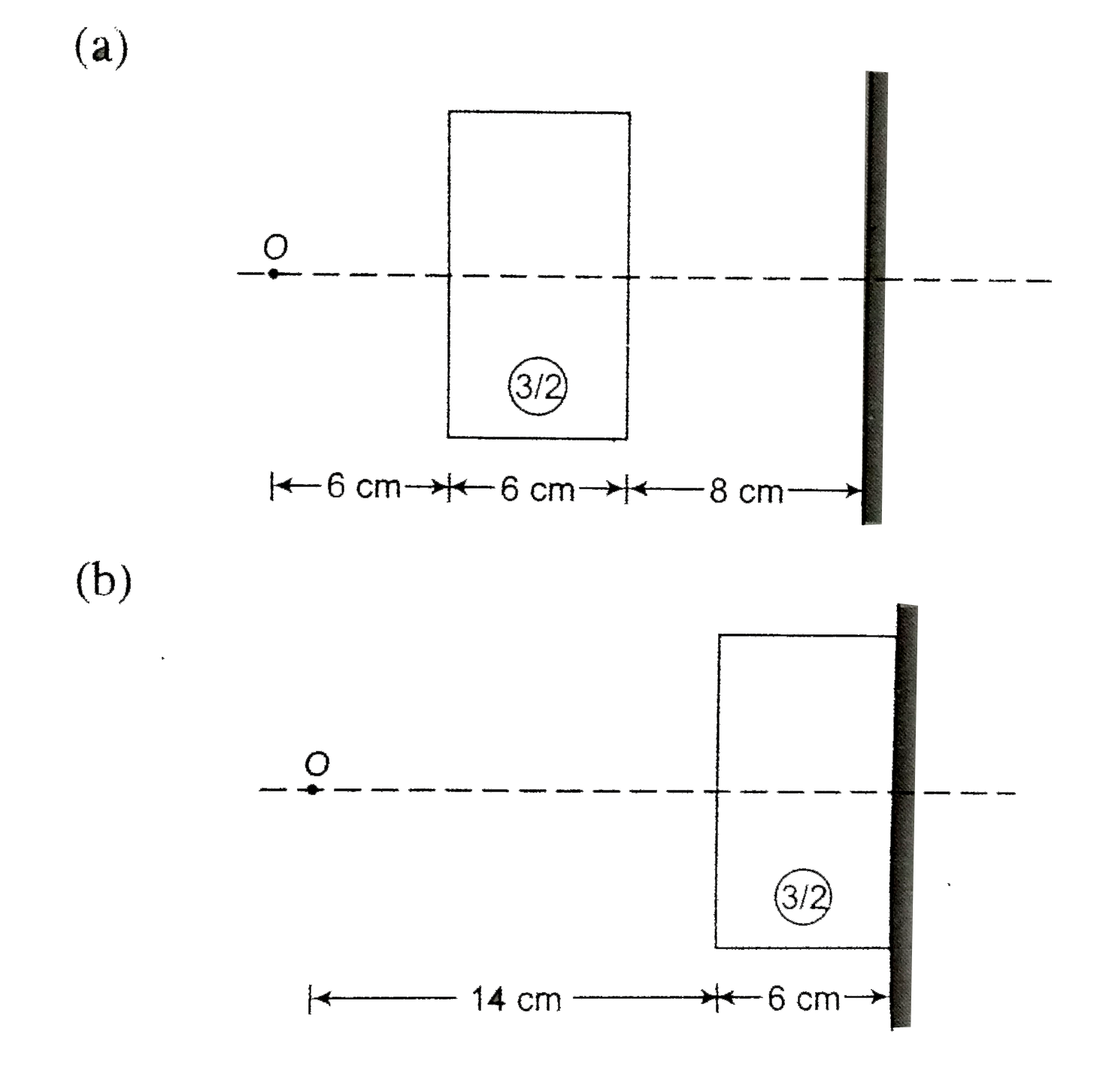
View SolutionFind out the number and positions of all the images formed in the figure shown below.
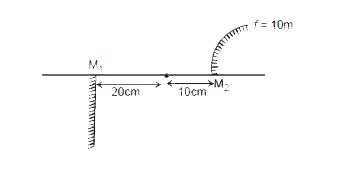
View SolutionTwo mirros are inclinded by an angle 30∘. An object is placed 10∘ with the mirror M1. Find the positons of first two images formed by each mirror. Find the total number of images using (i) direct formula and (ii) counting the images.
View SolutionFindout the linear length of the image of the object shown in figure.
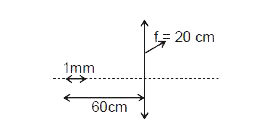
View Solutionwhat is the position and nature of image formed by lens combination shown in figure ? (f1,f2 are focal lengths)
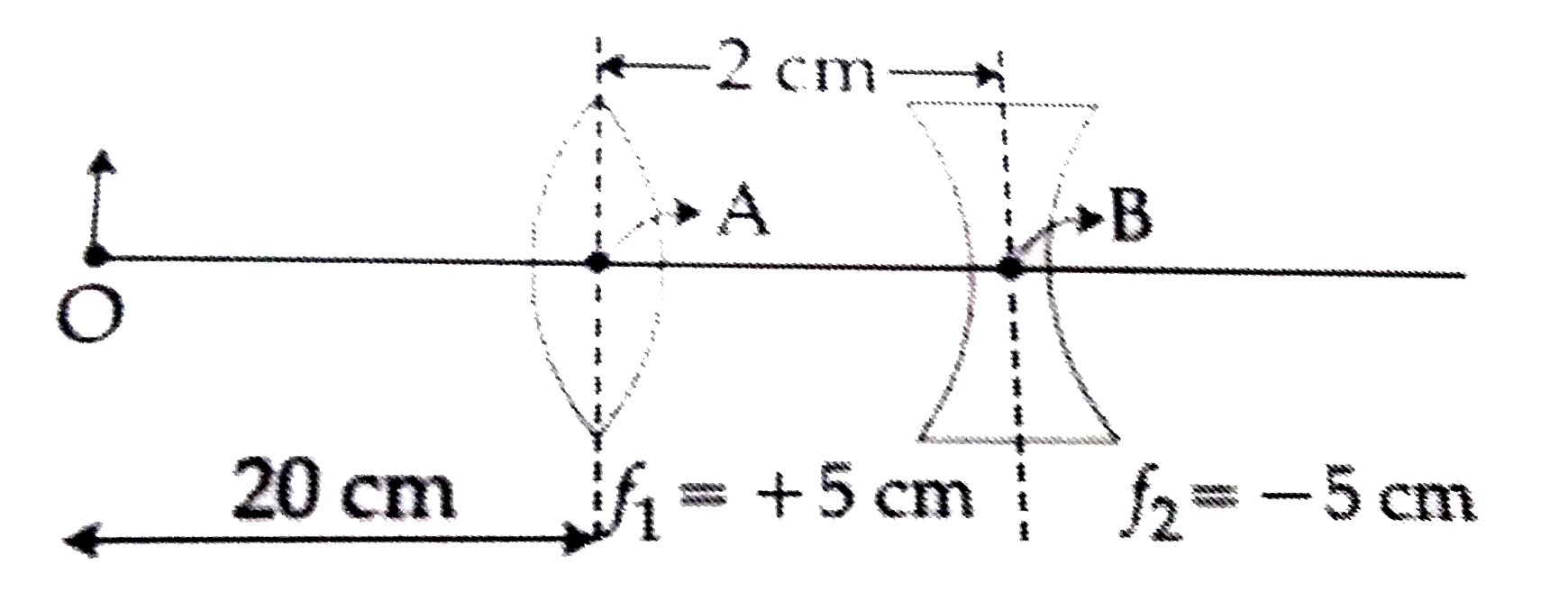
View Solution

